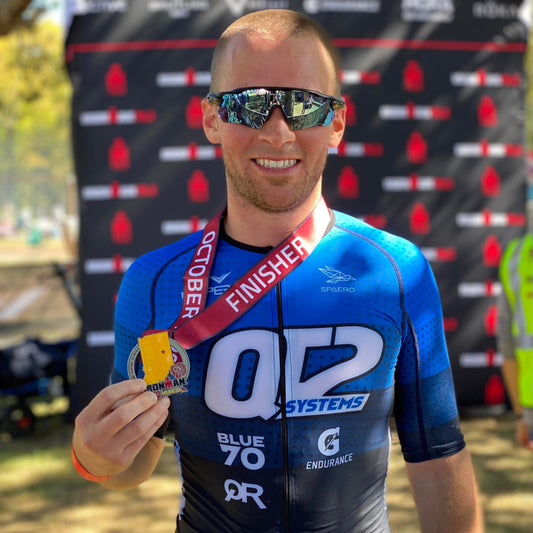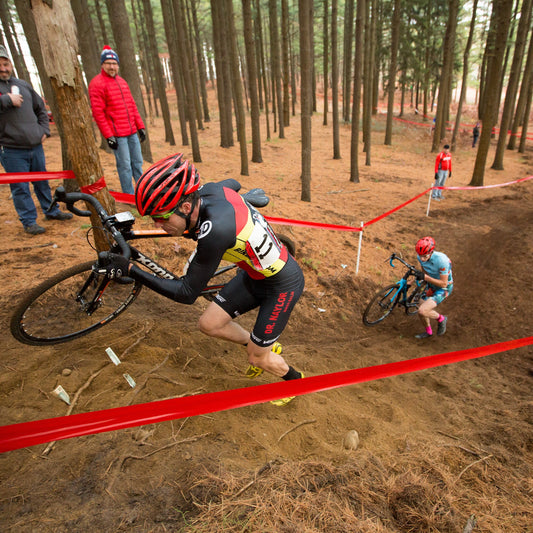The Conversation with Pain – Learning to Befriend Discomfort
Introduction: The Story We Tell Ourselves About Pain
Pain is not just a physical experience—it is deeply emotional. As endurance athletes, we often resist pain, fearing that it signals failure, weakness, or something we cannot control. But what if pain was not an enemy? What if, instead, it was a teacher, a guide, or even a training partner?
In endurance sports, there is always a moment where discomfort arrives. Some days it comes early, other days later, but it always comes. How we respond to it—whether we tense up and fight it or accept it and flow with it—determines our ability to move through it.
Think of the last time you felt fatigue during a workout or race. What was your reaction? Did you panic, slow down, or mentally check out? Or did you lean in and recognize it as a normal part of the journey?
Reframing Pain: From Fear to Partnership
Pain and fatigue are often misunderstood. Our brains interpret discomfort as a threat, but in endurance sports, this sensation is often not a signal to stop—it’s a signal to adjust. Instead of viewing pain as a wall blocking your way, imagine it as a gate you can step through.
Legendary ultra-endurance athlete Courtney Dauwalter describes her pain as “the pain cave.” Instead of fearing it, she imagines stepping inside, sitting down, and getting comfortable. The longer she stays in her pain cave, the stronger she feels, because she knows it is where she grows.
We can shift our relationship with pain by changing the story we tell ourselves about it. Instead of thinking, “This hurts, I can’t handle this,” we can say, “This is hard, but I can move through it.”
Practical Strategies to Work with Pain
-
Label the Pain: Instead of saying, "This hurts," try labeling it:
- Is it a dull ache, a sharp sting, a heavy fatigue?
- Does it feel like pressure, tension, or heat?
- The more precisely you describe it, the more you separate the sensation from fear.
-
Talk to the Pain: Treat it as if it’s a training partner.
- Instead of resisting, say: "Okay, I see you. You’re here, and I’m here too. Let’s figure this out together."
- Ask: "What is this pain trying to tell me?" (Is it exhaustion? Poor fueling? A mental roadblock?)
-
Use Pain as a Focus Point:
- Instead of trying to ignore discomfort, shift your attention toward it and breathe into it.
- Accept it, but do not attach fear to it.
- Say: "I can hold this a little longer."
-
Remember a Time You Pushed Through:
- Think of a past training session or race where you overcame a similar moment.
- Remind yourself that you've handled this before, and you’ll handle it again.
-
Anchor Yourself in the Present:
- Instead of thinking, “I have 30 minutes left,” break it into tiny, manageable chunks:
- “Can I stay relaxed for one more minute?”
- “Can I get to that next tree, light pole, or mile marker?”
Conclusion: Rewriting the Story of Pain
Pain is part of the endurance experience, but it does not have to be the villain in your story. When you reframe pain as something neutral, even helpful, it loses its power to control you. The next time discomfort arises, do not fight it—get curious about it. Talk to it. Invite it in.
Because the truth is: the pain cave is where we grow.






